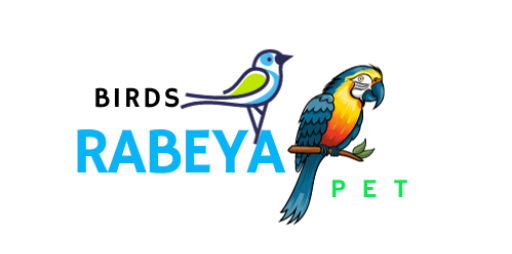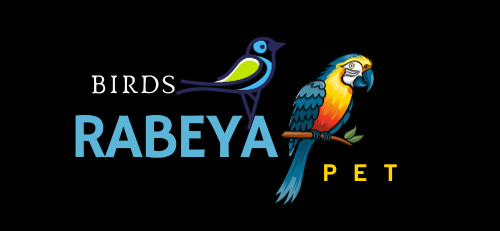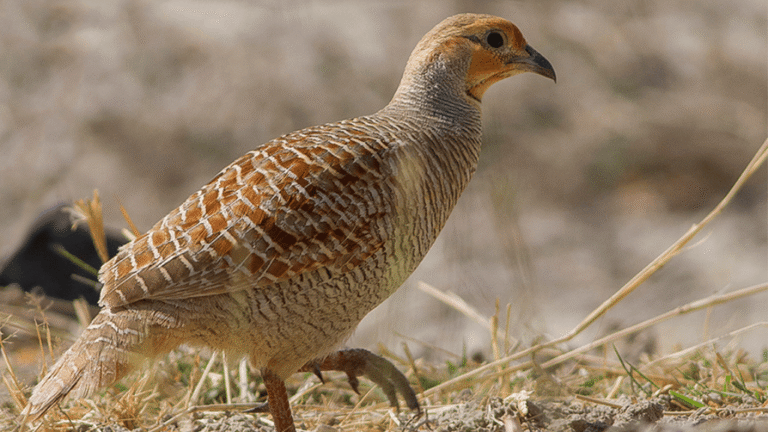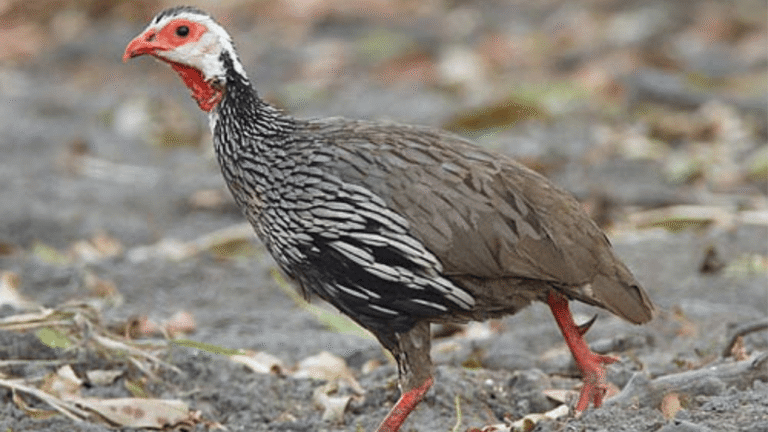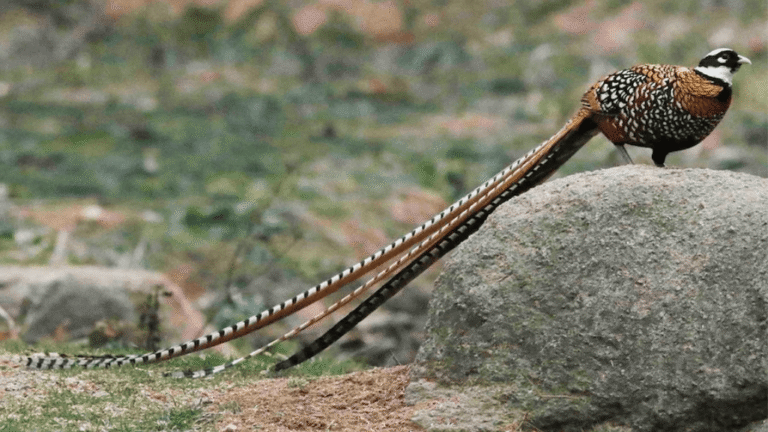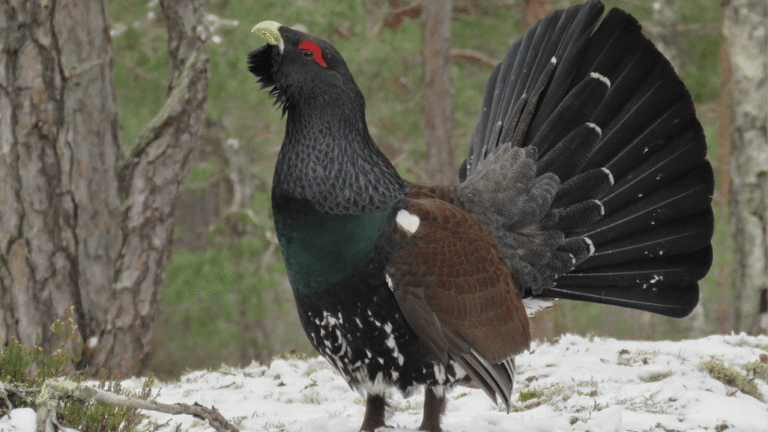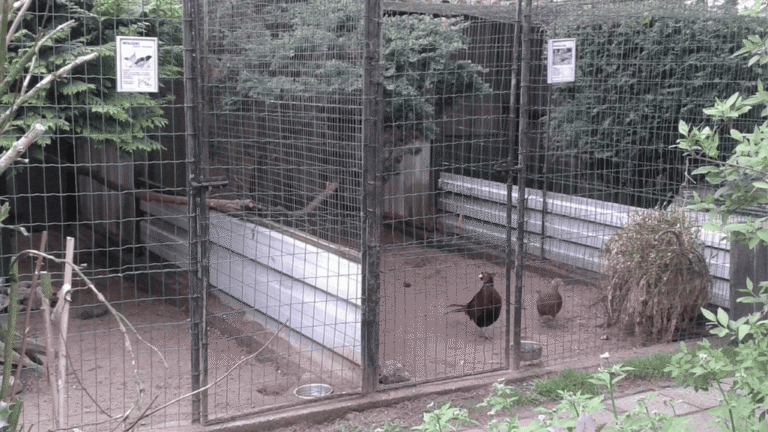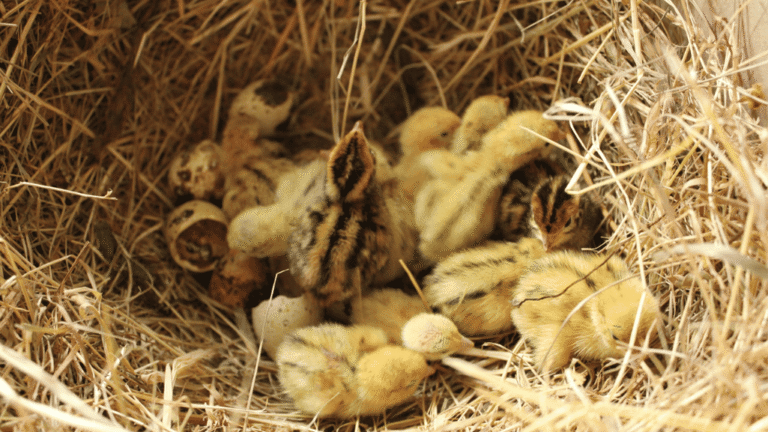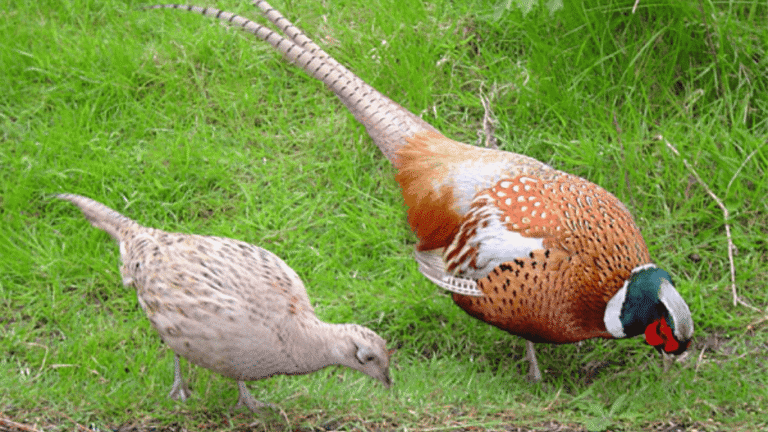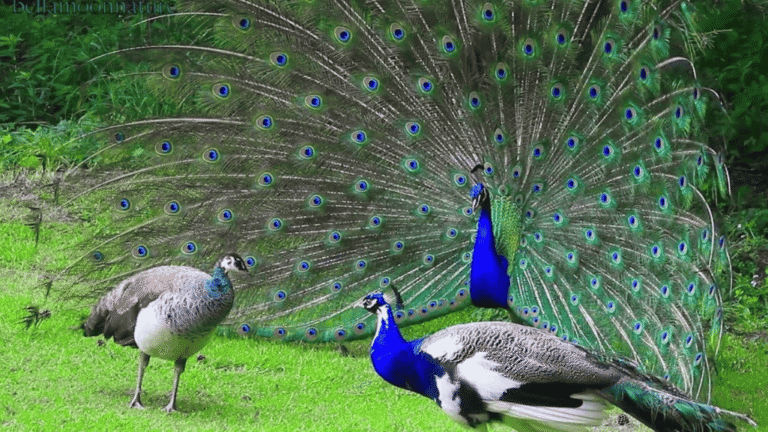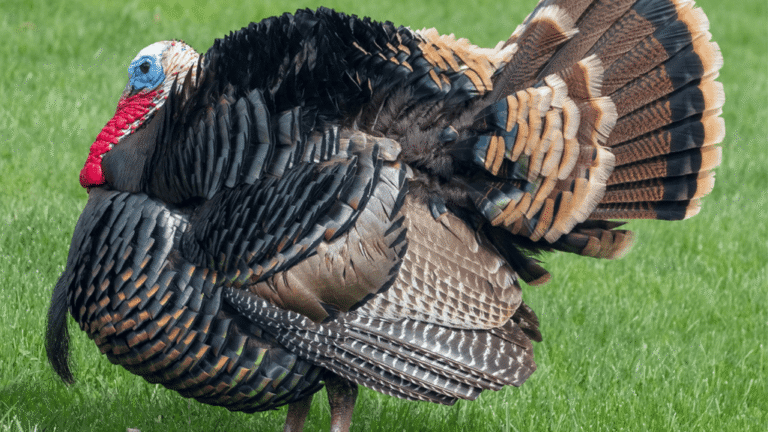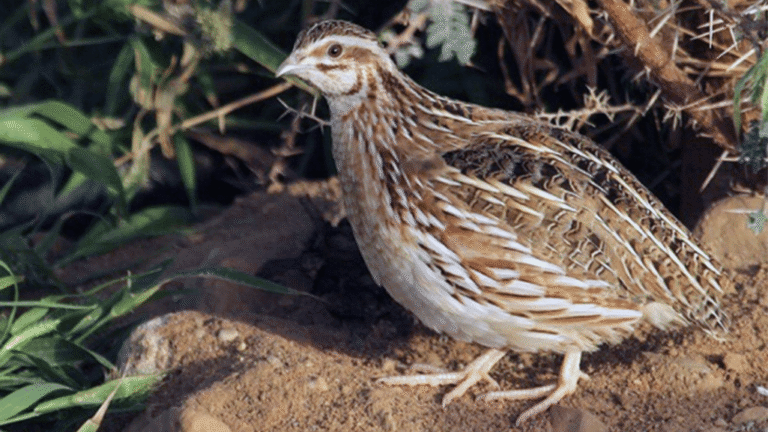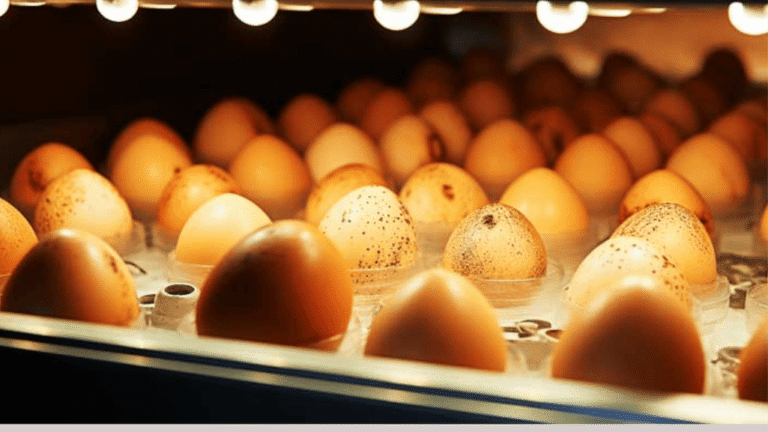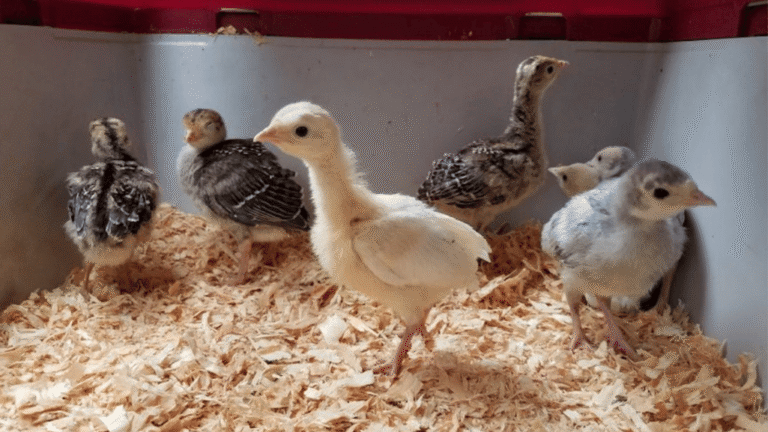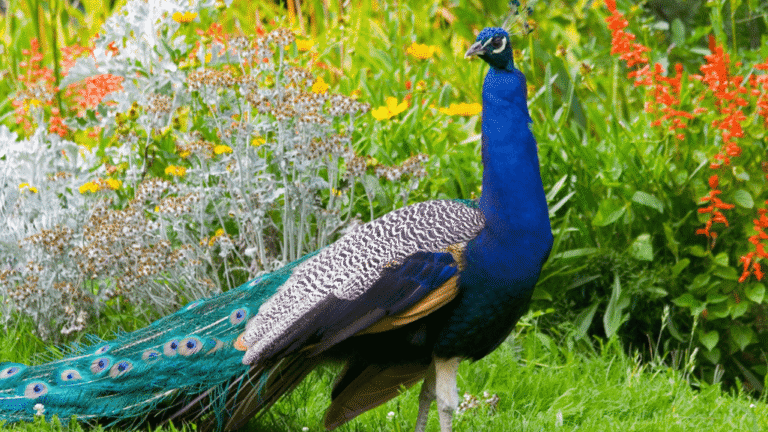Welcome to our comprehensive guide on creating the best environment for quail chicks. The optimal brooding conditions for quails are crucial for their healthy development. By providing the right temperature, humidity, and setup, you can ensure the well-being and growth of your quail flock.
Key Takeaways:
- Quail chicks require a brooding temperature schedule, starting at 90º to 95º Fahrenheit for the first week and gradually decreasing each week.
- Monitor the comfort of the chicks and make adjustments to maintain their optimal brooding conditions.
- Use a metal clamp light or red 250W heat bulb as a heat source for the brooder.
- Provide fresh water at all times and adjust the waterer types as the chicks grow.
- Set up the brooder with proper spacing, bedding, and chick guard draft shield for optimal chick growth.
Temperature and Humidity for Quail Brooding
Temperature and humidity are critical factors to consider when brooding quails. Maintaining the optimal temperature ensures the chicks’ comfort and promotes healthy growth, while humidity levels contribute to their overall well-being.
Temperature Guidelines
 According to the first source, a specific temperature schedule should be followed for quail brooding. It is recommended to reduce the brooder temperature by 5º Fahrenheit each week. This gradual decrease helps the chicks acclimate to their environment and develop their natural ability to regulate body temperature.
According to the first source, a specific temperature schedule should be followed for quail brooding. It is recommended to reduce the brooder temperature by 5º Fahrenheit each week. This gradual decrease helps the chicks acclimate to their environment and develop their natural ability to regulate body temperature.
Consistently monitoring and maintaining the recommended temperatures are vital to prevent overheating or chilling of the chicks. The second source emphasizes the importance of adhering to these guidelines for the chicks’ well-being.
Before the arrival of the chicks, it is advised to pre-heat the brooder 24 to 48 hours in advance. This ensures that the brooder reaches the desired temperature and creates a cozy environment for the chicks. To prevent cannibalism, using a red 250W heat bulb per 60 chicks is the recommended heat source.
Humidity Considerations
While the first source does not provide specific information about humidity requirements for quail brooding, it is generally advised to maintain a balanced environment. The brooder should not be excessively dry or too humid, which can pose respiratory challenges for the chicks.
Setting up the Brooder
When it comes to quail brooding, setting up the brooder properly is essential to create optimal conditions for the chicks’ growth and well-being. The third source provides detailed information on the essentials for a successful brooder setup.
The brooder should have a secure heat source, such as a red 250W bulb, positioned 12-18 inches above the floor. A chick guard draft shield, 14 inches high, is recommended to prevent birds from piling.
One of the key considerations is providing water access for the quail chicks. Plastic gallon founts can be used, and adding marbles to the founts can prevent drowning incidents.
Brooder Space Requirements
| Age of Chicks | Square Feet per Bird |
|---|---|
| 3-6 weeks old | Up to 2 square feet |
| 6-12 weeks old | 4 square feet |
Additionally, it’s important to provide the quail chicks with proper bedding. Instead of using wood shavings, using chopped leafy alfalfa straw as bedding can ensure solid footing for the chicks as they grow.
By following these brooder setup recommendations, you can provide the quail chicks with the optimal conditions they need for a healthy start.
Feeding and Watering Quail Chicks
Feeding and watering quail chicks is crucial for their growth and overall development. The proper nutrition and hydration ensure the chicks have the necessary resources to thrive.
The second source recommends using egg flats as a feeding method for quail chicks. Providing 2 linear feet of space for 100 chicks allows for efficient feeding and minimizes competition among them. It’s important to ensure that each chick has access to an adequate amount of food.
The chicks should be fed with unmedicated starter crumble, which typically contains around 24% protein content. This high-protein diet supports their growth and provides the necessary nutrients for their development. To make it easier for the chicks to consume, grinding the crumble to a sand-like consistency is advised.
Water is equally important for quail chicks. Fresh water should be available to them at all times. Initially, a jar lid can be used as a water source for the first few days. This small-sized option allows easy access for the chicks. However, care must be taken to prevent drowning. Gradually transitioning to a poultry waterer base filled with marbles helps prevent accidental submersion and ensures the chicks can drink water safely, as suggested in the second source.
Quotations:
“Feeding and watering quail chicks are crucial aspects of their care. Providing the appropriate feed and ensuring constant access to fresh water contribute significantly to their healthy development.”
Key points to remember:
- Use egg flats to feed quail chicks, providing 2 linear feet of space for 100 chicks.
- Feed the chicks with unmedicated starter crumble, grinding it to a sand-like consistency for easy consumption.
- Provide fresh water at all times, starting with a jar lid and gradually transitioning to a poultry waterer base filled with marbles.
Feeding and watering quail chicks is vital for their healthy development. Providing the appropriate feed and water sources allows them to grow and flourish. By following these guidelines, you can ensure that your quail chicks receive the nutrition and hydration they need to thrive.
Brooding Tips and Considerations
When brooding quail chicks, it is important to regularly check their comfort and make adjustments as needed. Contented peeping and even distribution of chicks around and under the brooder indicate comfortable conditions, as mentioned in the first source. If the chicks chirp and huddle to one side of the brooder, there may be a draft. If the temperature is too hot, the chicks may move away from the brooder, pant, and appear drowsy, as stated in the first source. It is important to monitor the behavior of the chicks and make necessary changes to ensure their well-being.
Brooding Tips:
- Regularly check the comfort of the quail chicks
- Ensure contented peeping and even distribution of chicks under the brooder
- Watch out for signs of draft, such as chicks chirping and huddling to one side
- Monitor temperature to avoid overheating or chilling
- Make necessary adjustments to maintain optimal brooding conditions
“The well-being of the chicks during the brooding period is crucial for their healthy development and growth.” – First Source
Brooding Considerations:
| Consideration | Details |
|---|---|
| Comfort Monitoring | Regularly check behavior, peeping, and distribution of chicks in the brooder |
| Temperature Control | Ensure the brooder is not too hot or too cold for the chicks’ well-being |
| Draft Prevention | Watch out for drafts and make necessary adjustments to eliminate them |
Building a Quail Brooder
 When it comes to brooding quail chicks, having a well-designed quail brooding setup is crucial. Building a suitable brooder ensures a comfortable and safe environment for the chicks to thrive and grow. There are various materials and methods you can use to create a quail brooder, but let’s explore one cost-effective option recommended by the second source.
When it comes to brooding quail chicks, having a well-designed quail brooding setup is crucial. Building a suitable brooder ensures a comfortable and safe environment for the chicks to thrive and grow. There are various materials and methods you can use to create a quail brooder, but let’s explore one cost-effective option recommended by the second source.
Using a Large Plastic Storage Tub
The second source suggests utilizing a large plastic storage tub as the base for your quail brooder. This option is not only affordable but also easily accessible. When selecting a storage tub, opt for one with high sides and a capacity of around 40 to 45 gallons. This provides enough space for the chicks to move around while containing them securely.
Adding a Lid and Ventilation
To ensure proper temperature control and ventilation within the brooder, add a lid to the storage tub. This lid can be a simple solution using lumber and hardware cloth or a more advanced option that comes with the storage tub. If the lid has a window, cover it with hardware cloth to prevent the chicks from escaping while allowing adequate airflow.
Mounting a Heat Lamp
A heat lamp is an essential component of a quail brooder setup, as it provides the necessary warmth for the chicks. Securely mount the heat lamp above the brooder, ensuring it hangs at the appropriate height to maintain the recommended temperature. Pay attention to safety measures to prevent any accidents or hazards.
Ensuring Adequate Space
Quail chicks require enough space to move around and exercise within the brooder. Provide sufficient square footage per bird based on their age. As the chicks grow, they will need more space. The specific space requirements may vary, but a general rule of thumb is to provide up to 2 square feet per bird for 3-6 week-old chicks and 4 square feet per bird for 6-12 week-old chicks.
Maintaining Proper Temperature
Temperature control is crucial for the well-being of quail chicks. Use a reliable thermometer to monitor the temperature inside the brooder and adjust the heat lamp accordingly. Keeping the brooder within the recommended temperature range ensures the chicks’ comfort and promotes healthy growth.
By following these guidelines and building a well-designed quail brooder, you can provide the optimal conditions necessary for brooding quail chicks. Remember to continually monitor and make necessary adjustments to create the best environment for their development and well-being.
Conclusion
Creating optimal brooding conditions for quails is crucial for their healthy development. By carefully maintaining the recommended temperatures, monitoring the comfort of the chicks, and providing proper feeding and watering, quail chicks can thrive and adapt well to their environment. The third source emphasizes the importance of building a suitable brooder and following the guidelines for temperature, humidity, and setup to ensure the success and well-being of the quail flock.
Ensuring a proper brooding environment for quail chicks involves maintaining a consistent temperature schedule and gradually decreasing the brooder temperature as the chicks grow. Adequate heating and temperature control are essential to prevent overheating or chilling. It is also vital to take into consideration the humidity levels in the brooder, avoiding extremes of dryness or excessive moisture.
Additionally, setting up the brooder correctly is crucial for the chicks’ safety and comfort. Providing sufficient space, secure heat sources, and the right bedding, such as chopped leafy alfalfa straw, ensures that the chicks have a conducive environment for their growth. Proper feeding, using appropriate food types and grinding the crumble to a sand-like consistency, as well as providing fresh water at all times, contribute to their healthy development.
By implementing these best practices and guidelines, quail farmers can create an ideal brooding setup that supports the chicks’ needs throughout their early stages of life. This sets the foundation for strong and healthy quails that will thrive in the long run, ultimately contributing to the success and productivity of the quail farming operation.
FAQ
What is the optimal brooding temperature for quail chicks?
The optimal brooding temperature for quail chicks is 90º to 95º Fahrenheit for the first 7 days, gradually decreasing by 5º Fahrenheit each week.
How should I monitor the comfort of quail chicks during brooding?
You can monitor the comfort of quail chicks by observing contented peeping and even distribution of chicks around and under the brooder. If the chicks chirp and huddle to one side, there may be a draft or the temperature may be too hot.
What is the recommended brooder setup for quail chicks?
The recommended brooder setup for quail chicks includes using a red 250W heat bulb positioned 12-18 inches above the floor, a chick guard draft shield, and proper bedding such as chopped leafy alfalfa straw for solid footing.
How should I feed and water quail chicks during brooding?
Quail chicks can be fed with unmedicated starter crumble, with a protein content of around 24%. Fresh water should be provided at all times, starting with a jar lid and gradually transitioning to a poultry waterer base filled with marbles to prevent drowning.
How can I build a quail brooder?
You can build a quail brooder using materials such as a large plastic storage tub with high sides, a lid with a window covered by hardware cloth for ventilation, and a secure heat lamp mounted above. Lumber and hardware cloth can be used to create a lid if one is not available.
